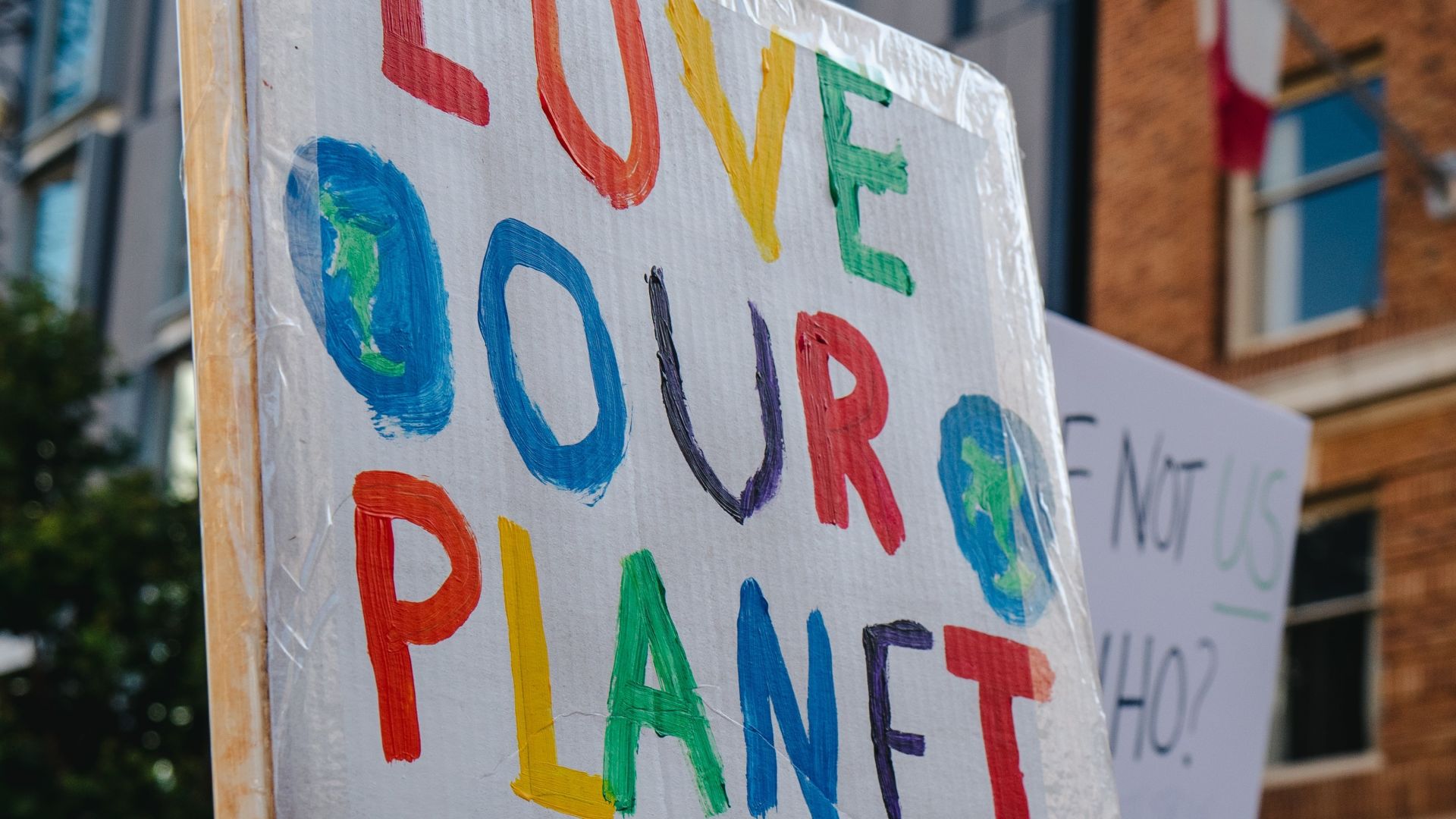Since 1970, the Earth’s surface temperature has risen faster than in any other 50-year period over the last 2000 years. Since 1900, global sea levels have risen faster than in any century in the previous 3,000 years. In 2019, atmospheric CO2 concentrations were higher than any point in the last two million years. In 2020, there was no detectable decrease in the CO2 growth rate. As it stands, the comfortable habitability of our Earth will dissipate by 2050 unless governments take drastic action to prevent global warming from exceeding1.5°C. So, what are our leaders doing about it, and where do we come in?
Australia’s Climate Ambitions
Established under the United Nations Framework Convention on Climate Change, the Paris Agreement is an international treaty that guides nations to substantially reduce global greenhouse gas emissions. Although 193 parties have entered the Paris Agreement, thus committing to limiting temperature rise to 1.5°C, the appearance of a united front against climate change falls short at the hands of apathetic leaders, inconsistent policies, and unfulfilled pledges.
Unfortunately, Australia is a frontrunner in failing to take climate action at state and international levels. The gross insufficiency of the Morrison Government to work towards net zero emissions landed us the bottom rung on the Climate Change Performance Index for Climate Policy. From withdrawing funding from the Green Climate Fund (GCF) to approving the Adani coal mine, it’s safe to say that reaching Australia’s 2030 emission reduction target of a 26–28% decrease was a low priority.
Currently, 2022 marks Sydney’s wettest year to date. NSW has experienced widespread flooding for the fourth time in less than two years. Riverine flooding poses the most significant risk to driving uninsurable homes. The Commonwealth Scientific and Industrial Research Organisation (CSIRO) predicts that continued climate inaction within Australia will lead to increased frequencies of hotter days, rising sea levels, frequent extreme rainfall events, and declining snow depths. Basically, without systemic overhaul, the future will look much like a natural disaster movie that occurs incrementally over generations.
However, faint hope is on the horizon as the Albanese government recently announced new climate targets to reduce Australia’s emissions by 43% by 2030. While this target is consistent with a 2.0°C reduction, a considerable improvement from the Coalition’s target of a 26–28% reduction, the Labor party’s revised commitment to emission cuts continues to fall short of the Paris Agreement’s goal of 1.5°C. As one of the world’s highest carbon emitters per capita, one can only wonder whether this decision represents a meaningful commitment towards a greener future or yet another unfulfilled political promise.
Progress Through the People
The knowledge that climate change will cause irreversible damage and breed unliveable environmental conditions if not addressed by serious slashes to global emissions is not a comforting thought for most. A global study conducted by the University of Bath found that three-quarters of Australians aged 16–25 were frightened for the future, with 40% expressing hesitancy to have children due to climate change. With far too few decision-makers taking action to prevent the climate crisis, the fight for the protection of the future has largely fallen within the hands of today’s youth.
Bearing the brunt of sparking public debate and raising awareness, young climate activists are leading the way in the campaign for environmental empowerment in the face of governmental negligence. After all, the biggest climate change strike in Australia’s history was led by school children. Youth organisations like the Australian Youth Climate Coalition, Seed Indigenous Youth Climate Network and Australian Student Environment Network are building the movement for climate justice, yet protest activities have grown harder to organise as stricter laws attempt to curb demonstrations. On April 1, the NSW parliament passed the Roads and Crimes Legislation Amendment Bill 2022, which attracts severe penalties of up to two years in jail for protestors who block public roads, rail lines, tunnels, bridges, and industrial estates. Similar anti-protest laws disproportionately criminalising activists are currently before parliament in Victoria and Tasmania. After all, is it really surprising that a court system which declared that the Australian government does not have a duty of care to protect young people from climate change harm has no qualms about restricting the rights of climate protestors?
Taking Action
In spite of the hurdles and the hopelessness, the fight for climate justice will continue to survive through active hope and hard work. As we demand action and accountability from our governments, we can each do our part to address the reality of climate change.
Be educated and engaged: The easiest way to contribute to averting the climate crisis is to be an informed voter. Read up on what environmental policies each party is offering and how they align with the goals of the Paris Agreement. Research which corporations are investing in fossil fuels and support politicians who push for renewable energy sources.
Reduce waste where you can: Yes, the notion that “there is no ethical consumption under capitalism” applies to corporations benefiting from exploitative work conditions, more so than the consumer. However, this does not provide a get-out-of-jail-free card to justify overconsumption and excessive waste. Consumer demand drives the system, so, if you have the means, try your best to redirect your spending towards ethical consumerism and shop consciously.
Get protesting: Whether you choose to join a climate activist group, participate in local council meetings, attend a demonstration, or use social media to call out industry leaders, your involvement in climate conversations helps amplify the movement.


 -
-